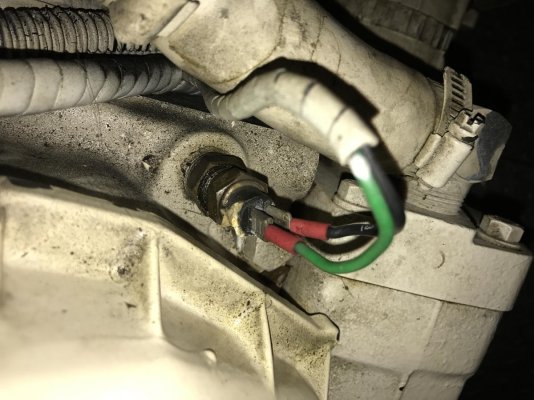clynn
Senior Member
I have existing dual helm temp gauges running off of a single, dual pronged sender unit. I thought my lower helm gauge was bad because it would not power on and the flybridge gauge reads much too high. It's been this way for some time.
There are two wires (green and black) coming from the sender. It doesn't matter which way I connect them to the sender, I get the same result at the gauges...lower dead, flybridge high.
Tonight, I decided to run a new, single wire from the lower helm directly to the sender. This causes my lower helm to function (but read too high), but the flybridge was dead.
If I pull the green wire, neither gauge works. Replacing the black with my direct to the lower helm wire causes the lower helm to read high and the flybridge to be dead.
I'm not an electrician. My simple mind figured that one line goes to a gauge, the other line to the other gauge, but that doesn't seem to be occurring. Maybe run a new wire (replacing the black) to the lower and then daisychain up to the flybridge? Thanks for any input.
There are two wires (green and black) coming from the sender. It doesn't matter which way I connect them to the sender, I get the same result at the gauges...lower dead, flybridge high.
Tonight, I decided to run a new, single wire from the lower helm directly to the sender. This causes my lower helm to function (but read too high), but the flybridge was dead.
If I pull the green wire, neither gauge works. Replacing the black with my direct to the lower helm wire causes the lower helm to read high and the flybridge to be dead.
I'm not an electrician. My simple mind figured that one line goes to a gauge, the other line to the other gauge, but that doesn't seem to be occurring. Maybe run a new wire (replacing the black) to the lower and then daisychain up to the flybridge? Thanks for any input.

